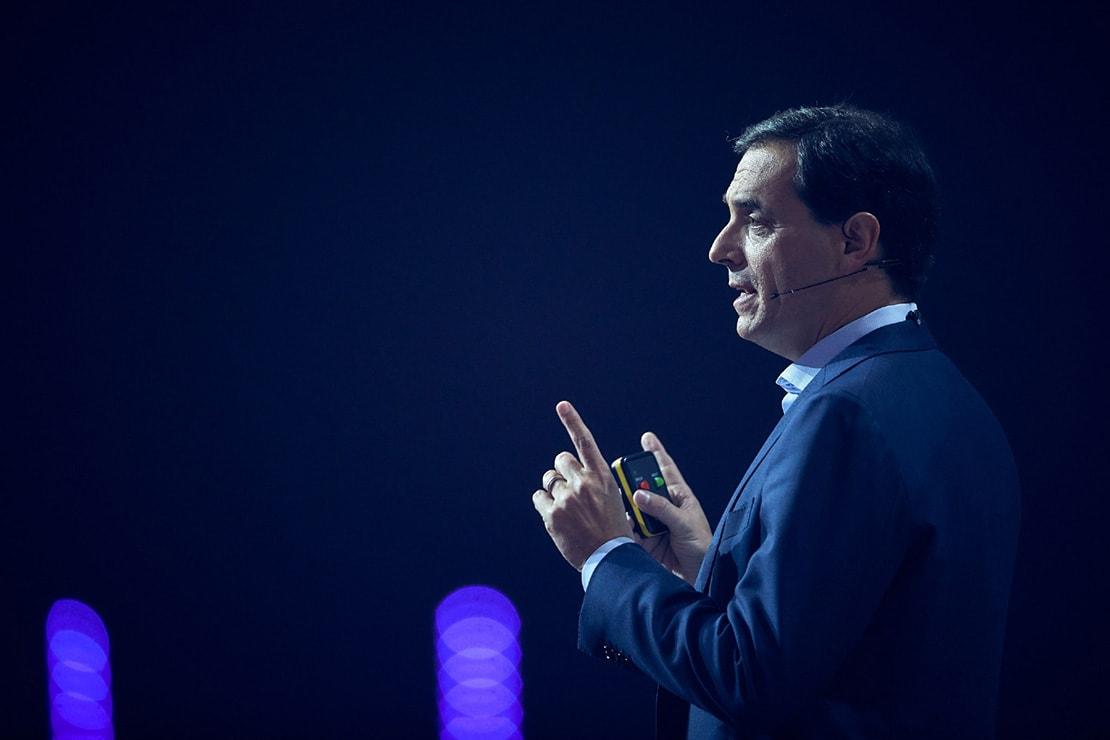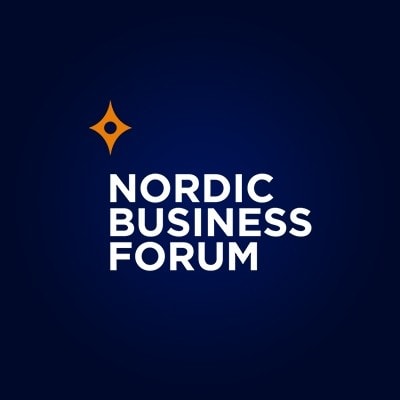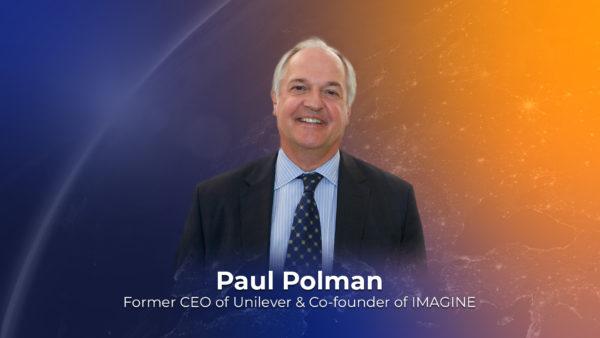8Feb2021
We may believe that timing is an art, but it is really a science, explained business expert and bestselling author Daniel Pink. It is incorrect to only base decision-making on intuition, as there are scientific evidence and research to suggest otherwise.
Pink recalled that, when he first looked into the issue of timing, he was surprised to find that researchers across many different scientific fields “were asking similar questions, but they were not talking to each other.” This cemented his resolve to piece together current research results and create guidelines help people “to make better, smarter decisions about when to do things.”
Emotion and performance
The pattern of the day affects our mood and performance, which in turn can make a company have poorer productivity in the afternoon. To illustrate this, Pink shared the results of two studies. Both asked the same essential question of how individuals’ moods change during the course of a day. Using different methodologies, the two studies arrived at the same conclusion: for most individuals, a person’s mood goes up at the beginning of the day, down during the middle of the day, and sloping up again in the evening.
Next, Pink presented research on corporate performance, test-taking performance, and hospital health care diagnoses. The research further emphasized the pattern of “a peak, a trough, and a recovery” in all these sectors concerning human performance. For example, anesthesia errors are four times more likely at 3 p.m. than at 9 a.m. The analysis of transcripts of 26,000 earnings calls from 2,100 public companies in the U.S. concluded that “afternoon calls were more negative, irritable and combative, leading to temporary stock mispricings for firms hosting earnings calls later in the day.” Indeed, our cognitive ability changes over the course of the day, and daily fluctuations in performance are “more extreme than we realize.” Therefore, when deciding on a meeting time, we ought to consider what the task is and what performance level is expected from the participants.
Tips on scheduling
So, if brainpower changes during the day, when is the best time to perform a task? According to Pink, you have to “align your type, your task and your time.” Type refers to an individual’s chronotype, which is a way of describing someone’s habitual sleep cycle. About 80 percent of people go through a peak early in the day, a trough in the afternoon, and recovery in the evening. The other 20 percent are evening people, or night owls, and reach their peak much later in the day.
Peak time is the best time for analytic work because that is when we are more vigilant and able to avoid distractions. The trough period is more suitable for “work that doesn’t require massive brainpower”, such as administrative tasks. In the recovery stage, vigilance is down and one’s mood is up, meaning that it is the best time for discussing “insight problems” through brainstorming sessions.
Pink pointed out three takeaways grounded on his findings. First, be “much more deliberate and intentional in scheduling individual and teamwork.” Second, follow some simple design principles by moving analytic tasks to the peak, administrative tasks to the trough, and insight tasks to recovery. And lastly, take more breaks, bearing in mind that they should be social, involving movement, outside, and fully detached. These breaks are more effective and restorative than breaks spent inside on your smartphone.
The importance of endings
In the final part of his presentation, Pink changed gears by focusing on considering life as a series of episodes. A project, a career, even a relationship can be described as a series of episodes. “Episodes have beginnings, middles, and endings. There’s a huge body of research showing that each of these stages exerts an often invisible influence on our behavior,” he explained.
Endings make us feel energized and elevated. The age at which people are most likely to run their first marathon is 29 years old. The second most likely age is 39, and the next is 49 years old. The reason is rather simple— “when the end of something becomes visible, we kick harder.” Endings are important because they influence our behaviors, and ending in a good way is important. The same logic applies to the de- livery of good and bad news. When talking to a colleague, it is better to start with the bad news and end with the good news because people prefer endings with a positive outcome.
Pink’s final suggestion to the audience was to “shine a light on endings to energize yourself and others”. Endings provide meanings and so does short deadlines, where the end is in sight.
This article is a summary of Pink’s speech at Nordic Business Forum Helsinki in 2019. If you want to read what the other speakers said at the event, download the executive summary for free.

 by:
by: 
